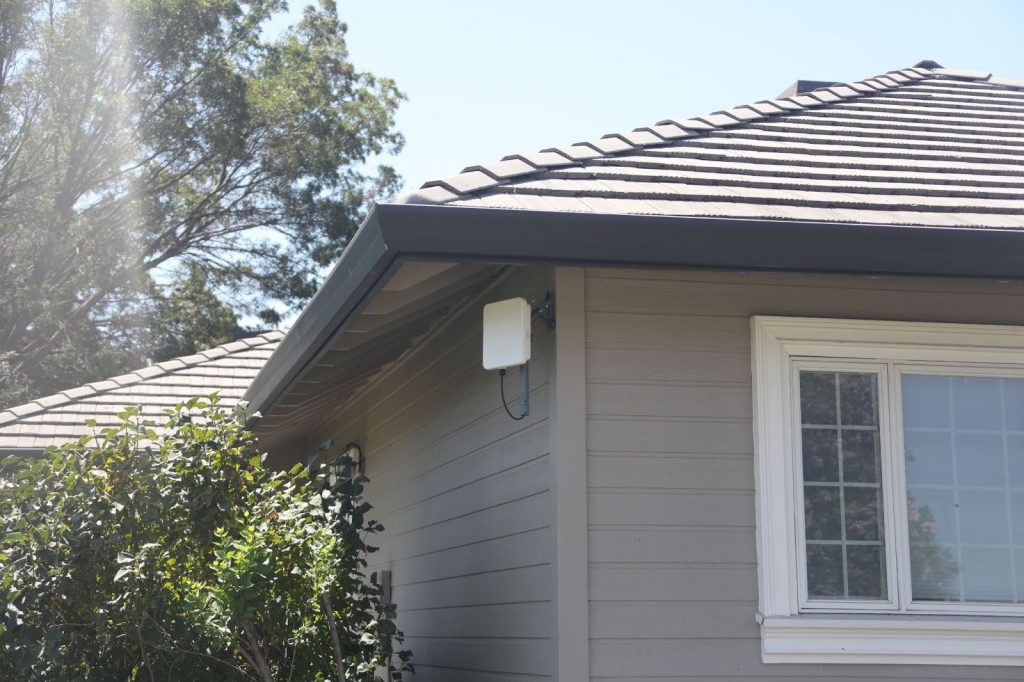When service providers evaluate whether or not to pursue a funding grant under the Broadband, Equity, Access and Deployment (BEAD) program, two key considerations are capital costs and time to deploy.
While there is a preference for fiber, BEAD is not a fiber exclusive program. Under BEAD rules, a reliable broadband technology such as licensed fixed wireless (e.g., CBRS) is an option, particularly in areas considered high cost. Recent guidance from the NTIA has clarified this further, recognizing there are scenarios where reliable broadband technologies (fiber, HFC, licensed FWA) are either not available or too costly to deploy. In those cases, the BEAD program will make other technologies — specifically unlicensed FWA and LEO satellites — eligible for funding.
The NTIA’s guidance explains when alternative technologies may be awarded by eligible entities (states and territories):
Eligible Entities may select a proposal for an Alternative Technology only where there is no Reliable Broadband Service technology meeting the BEAD Program’s technical requirements that would be deployable for a subsidy of less than the [extremely high-cost per-location threshold] EHCPLT at a given location. In such cases, an Eligible Entity is authorized to select a proposal involving a less costly technology for that location, even if that technology does not meet the statutory definition of Reliable Broadband Service but otherwise satisfies the BEAD Program’s technical requirements.
While LEO satellite broadband service may seem like a simple solution for states and territories, it’s important to understand that satellites operate under very tight performance and capacity constraints. For more information on how LEO stacks up against an ngFWA platform such as Tarana, check out this white paper.
Unlicensed FWA, on the other hand, has a proven track record of delivering reliable broadband where it is needed most. This is particularly true of platforms such as Tarana’s G1, which can be deployed in both licensed and unlicensed spectrum.
All of this is good for operators because it is another tool in the toolbox. Licensed and unlicensed fixed wireless allows them to competitively bid on projects where fiber is prohibitively expensive and time-consuming while still meeting technology requirements and deployment times.
ngFWA is particularly well-suited for BEAD projects because it easily meets the reliable broadband technology requirements of a minimum of 100/20 Mbps and 100ms or less latency. Even more importantly, Tarana’s ngFWA platform exceeds these requirements with speeds of up to 1 Gbps download and a typical latency of about 10 ms. This can be important for bidding since many BEAD programs give additional weight to future-proof technology performance. With ngFWA, operators can deploy a network that will continue to serve subscriber needs for many years.
If you just can’t wait to learn more, check out our other blogs or some of our favorite customer links. Or reach out to us at info@taranawireless.com. We’d love to hear from you.
